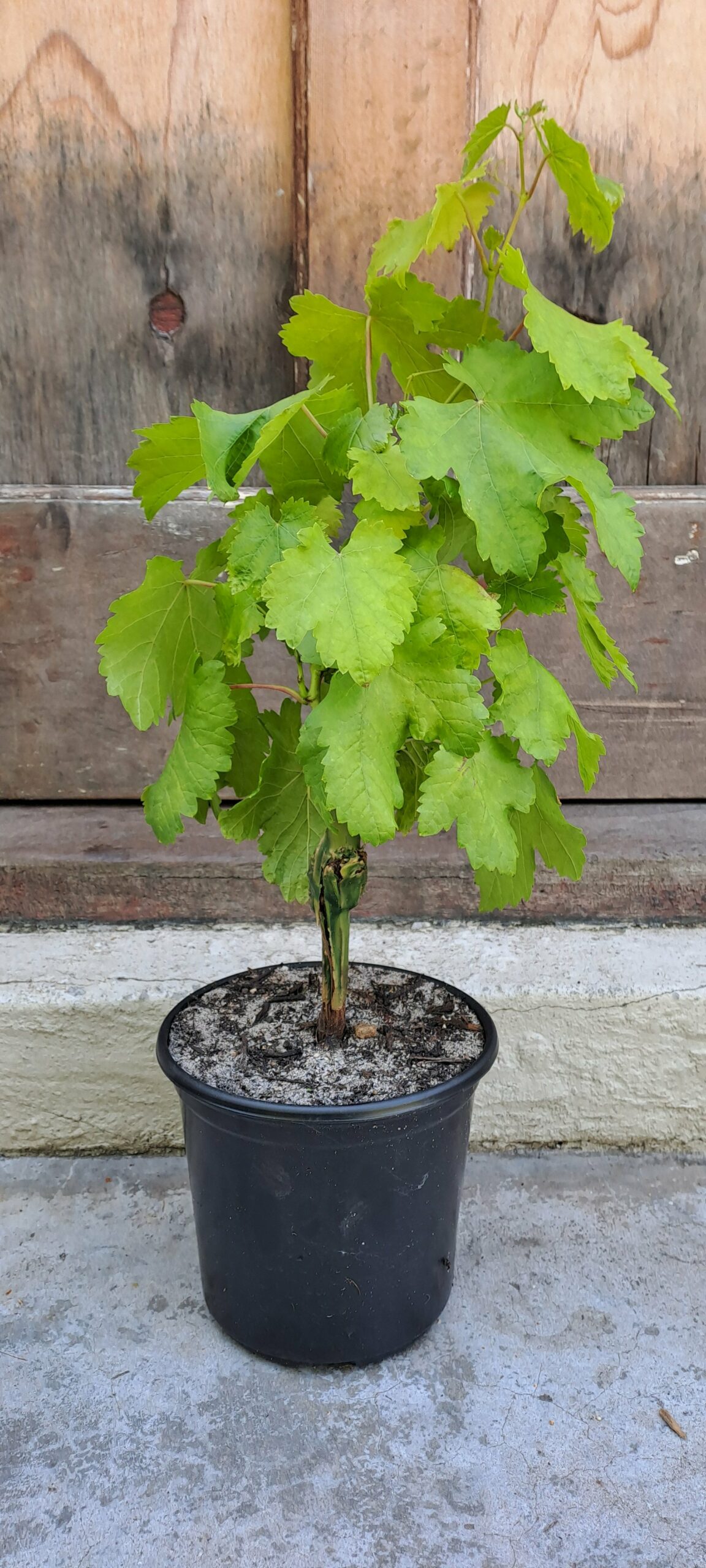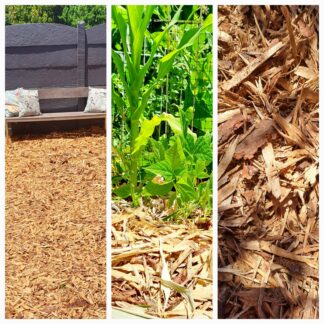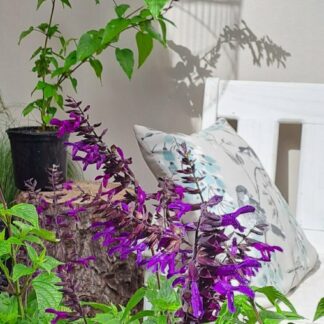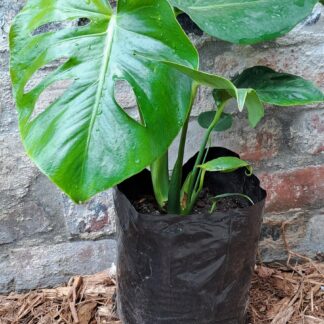Description
Sultana Grape Vine – Growing Conditions
The Sultana grapevine is renowned for producing sweet, seedless grapes, perfect for fresh eating or drying into raisins. These vigorous vines thrive in sunny conditions and are a favorite for home gardens or commercial vineyards.
Light Requirements:
Sultanas need full sun exposure for at least 6-8 hours daily to produce the best fruit. Position in a sunny spot for optimal growth.
Soil:
Plant in well-drained, fertile soil with a neutral to slightly alkaline pH. Amend poor soils with organic matter to improve fertility and drainage.
Watering:
Keep the soil consistently moist during the growing season, particularly when the vine is flowering and fruiting. Reduce watering in winter.
Climate:
Sultana grapes grow best in warm, Mediterranean-like climates. They prefer dry summers and mild winters but can tolerate some frost when dormant.
Pruning:
Prune annually in winter to remove old growth and encourage new shoots, which will bear fruit in the following season. Training the vine on a trellis helps with air circulation and fruit exposure.
Fertilization:
Feed with a balanced fertilizer in early spring before new growth starts. Avoid over-fertilization, which can lead to excessive leaf growth at the expense of fruit.
Harvesting:
Sultana grapes are usually ready to harvest in late summer to early autumn when they are plump and sweet.





Reviews
There are no reviews yet.